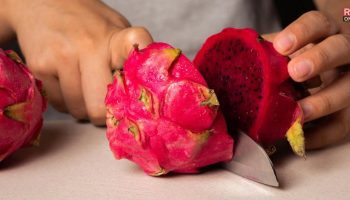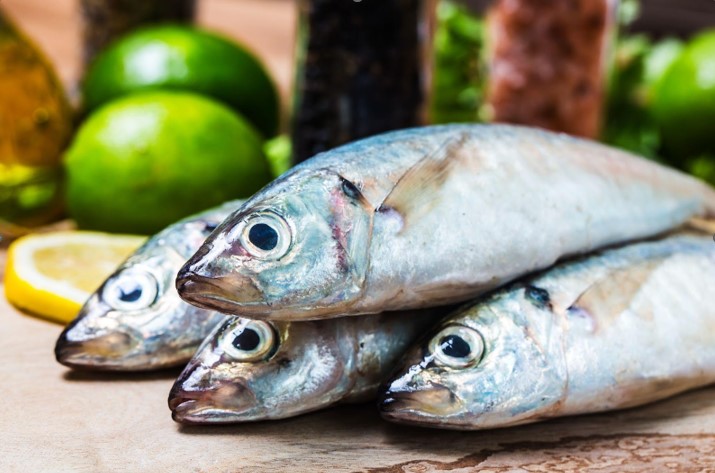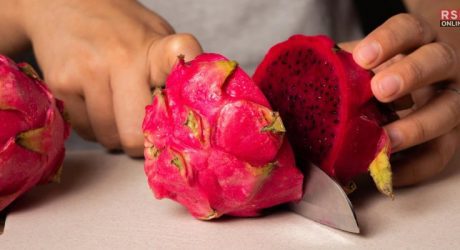Have you ever stood before a seafood market’s impressive fish display, scratching your head and wondering how to select the best specimen? Well, you’re not alone. Many people are intimidated when they go to buy whole fish, especially if they are not accustomed to cooking it at home. However, with the right tips and tricks, you can confidently select a top-quality whole fish, ensuring a delightful culinary experience.
In this article, we will unravel the secrets to buying whole fish like a pro, from understanding the importance of freshness and recognizing the quality indicators to selecting the best species for your needs.
The Dietary Health Benefits of Fish
If you consume fish, then you are sure to reap the benefits. Fish is a rich source of Omega-3 fatty acids. Moreover, they are rich in vitamins like D and B2.
The fishes are a rich source of calcium and phosphorus. Alongside this, they are rich in Vitamin D and B2 (Riboflavin). Here, we provide a list of one of the dietary health benefits.
- Potassium.
- Iron.
- Zinc.
- Iodine.
- Magnesium.
According to the recommendations of the American Heart Association, fish-eating twice a week forms a part of a healthy diet.
Fishes are a rich storehouse of vitamins, proteins, and other nutrients. They can be highly helpful in reducing the chances of heart attacks.
Our bodies do not produce Omega-3 fatty acids. They are found in different fishes. Some of the best choices include Tuna, Oysters, salmon, Trout, and finally, Sardines.
Why Buy Whole Fish?
Buying whole fish comes with a multitude of benefits. Not only does it provide a fresher alternative to pre-cut fillets, but it also offers superior flavour and versatility in preparation. Furthermore, whole fish often prove more economical, allowing you to utilise every part of the creature – from its firm flesh to its rich bones and flavourful head.
Fish is not only tasty but also holds nutritious value. Hence you must know how to buy whole fish from the market.
Evaluating Freshness: Key Indicators
Arguably, the most critical factor when buying whole fish is freshness. In the section below we provided a tabular way of describing the nitty-gritty of understanding the freshness of the fishing industry. Consider these key factors in detail.
| Key Indicators |
Detail |
| 1. Bright Eyes | Fresh fish have clear, bright eyes. Over time, eyes become cloudy and dull as a fish loses its freshness.
|
| 2. Firm Flesh | Gently press the flesh of the fish with your finger. If it springs back, it’s fresh. If it leaves an indent, it’s best to avoid it.
|
| 3. Clean Gills | The gills should be vibrant red or pink. Brown or dull-coloured gills can indicate an old fish. |
| 4. Pleasant Aroma | Fresh fish smells like the sea – a clean, briny aroma. A strong, foul, or overly “fishy” smell is a clear red flag. |
| 5. Touch the fish: | When selecting the whole fish for your home, touch the fish and see if they are firm and strong enough. The softer body of the fish indicates the fact that they are not fresh at all. |
| 6. Brightness of the skin: | You also need to check the brightness of the skin. If the skin is bright, it denotes, the fish is quite fresh. |
Therefore, all you need to look for is to take care of these points. Undermining these petty points can be highly costly while buying the whole fish from the store.
Choosing The Right Fish For Your Dish
Different fish species have different textures, flavours, and ideal cooking methods. The right fish for you will largely depend on the dish you plan to prepare.
1. Firm, meaty fish like snapper, grouper, or bass is excellent for grilling, baking, or pan-searing. Their sturdy flesh holds up well under high heat.
2. Delicate, flaky fish such as flathead, whiting, or bream are perfect for poaching, steaming, or gentle sautés.
3. Oily fish like mackerel, sardines, or salmon are rich in heart-healthy omega-3 fatty acids. They are particularly well-suited to smoking, grilling, or broiling.
The Ethics Of Seafood: Sustainable Fishing
In recent years, there’s been a growing awareness of the importance of sustainable fishing practices. When buying your fish, it’s worth considering the environmental impact of your choice.
Try to choose species that are abundant and responsibly harvested. Many fisheries provide labelling information about the sustainability of their catch, making it easier to make an informed choice.
The stakeholders who are associated with the fishing industry know well about the dietary effect of sustainable fishing. They must ensure sustainable measures for catching apples in the sector. The following industry is brimmed with possibility. Hence to reap the benefits of the resources for a longer time,, sustainability measures have no substitutions.
Learning From The Pros: Building Relationships With Your Fishmonger
One often-overlooked tip is to build a good relationship with your local fishmonger. They’re a wealth of knowledge about what’s in season and how to prepare different species, and they can even give you a heads-up on the freshest catch of the day.
Don’t be shy to ask questions. A good fishmonger will happily share their expertise, recommend choices based on your needs, and even prep the fish for you.
They will share the secrets to selecting the best fish and the spices that make the cooking highly interesting and tasty. Most importantly, you can enjoy great company. If you are successful with networking, then you can ensure that you get fresh fish every time. It is one of the ways to find the right whole fish for you.
Conclusion
You can buy whole fish like a pro with these tips and tricks. Whether selecting the freshest fish, picking the right species for your dish, or understanding the importance of sustainable choices, you’re ready to navigate the seafood market confidently.
Remember, buying whole fish is not just about getting a tastier, fresher ingredient; it’s also about embracing a more mindful and sustainable approach to seafood. So, trust your senses next time you’re at the fish counter, ask questions, and enjoy the sea’s bounty.
Read Also:




























